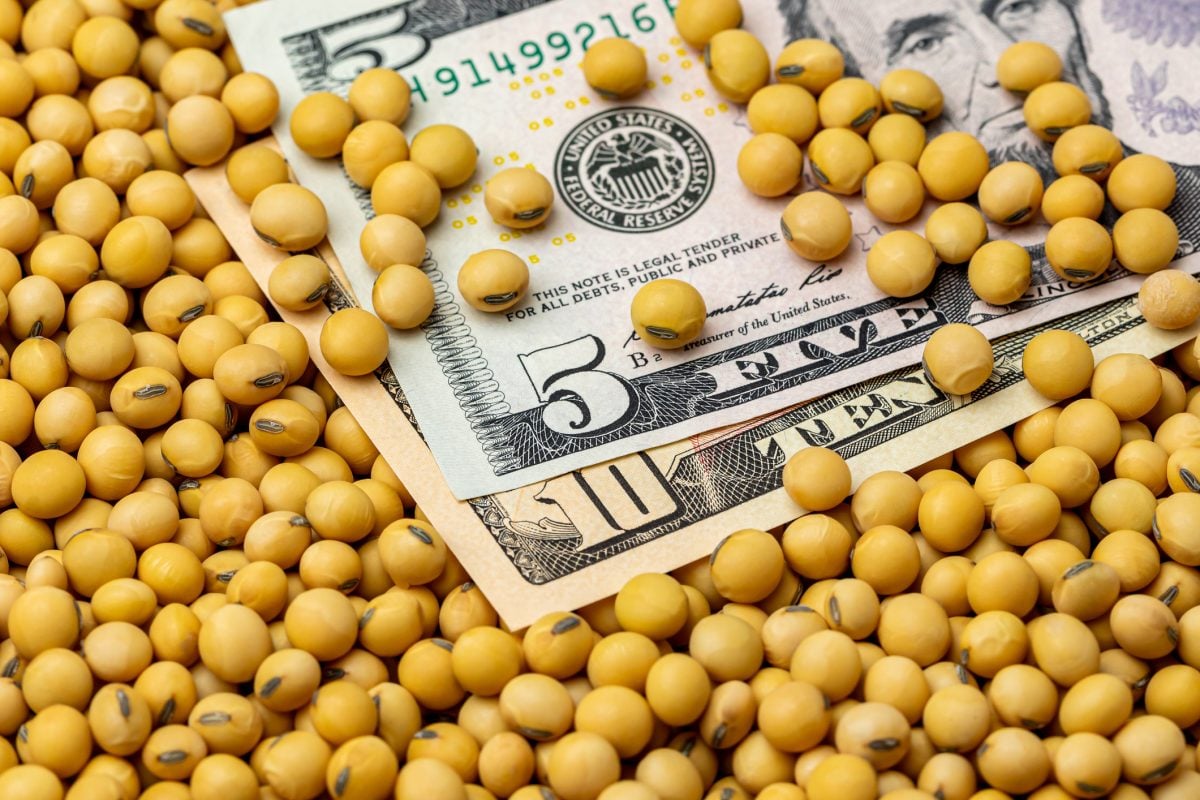Chicago | Reuters — U.S. live cattle futures on the Chicago Mercantile Exchange (CME) closed higher on Friday, buoyed by news that Japan will eliminate long-held restrictions on U.S. beef imports, traders said.
The agreement reopens full beef trade after Japan in 2003 banned U.S. beef over concerns about bovine spongiform encephalopathy (BSE), which roiled the beef industry in the United States and elsewhere.
Japan restored partial access in 2005 for U.S. beef from cattle 20 months of age and younger, and extended access in 2013 to include beef from cattle less than 30 months of age.
Read Also

U.S. grains: Soybean futures hover near 15-month high after China buys U.S. cargoes
Chicago Board of Trade soybean futures hovered near a 15-month high on Wednesday after trade sources said China made its first purchases from the autumn U.S. harvest ahead of a summit between leaders Donald Trump and Xi Jinping.
“The Japanese news today was the catalyst to spark some short covering. Now we need to see some continuation,” said Dan Norcini, an independent livestock trader.
CME June live cattle futures settled up 0.8 cent at 111.275 cents/lb., turning higher after matching Thursday’s 8-1/2 month low of 109.05 cents (all figures US$). CME August live cattle finished up 0.975 cent at 108.925 cents.
USDA said Japan’s latest move could increase U.S. exports to Japan by up to $200 million annually. Japan bought about $2 billion worth of U.S. beef in 2018, the U.S. Meat Export Federation said.
Strength in live cattle futures was capped by lackluster cash cattle trade this week at mostly $115-$117/cwt, below the previous week’s trade, along with cool, wet U.S. weather that has curbed consumer demand for high-priced cuts of meat.
“We’ve got Memorial Day coming up, and that is normally the kick-off for the summer grilling season. We need some warm weather. Everybody is wondering, where has the spring demand been for beef? It just hasn’t showed up,” Norcini said.
Feeder cattle futures followed live cattle futures higher, shrugging off pressure from rising corn futures that signal higher feed costs. For the week, Chicago Board of Trade July corn surged 31-1/2 cents a bushel, or nearly nine per cent.
CME August feeder cattle settled on Friday up 2.175 cents at 145.5 cents/lb. and September feeder cattle ended up 2.475 cents at 146.7 cents.
Lean hog futures ended higher, rallying from early declines on news that the U.S. struck deals to lift tariffs on steel and aluminum imports from Canada and Mexico.
The agreements will also eliminate Mexican and Canadian retaliatory tariffs on a broad range of U.S. products, including pork and beef.
“The expectation is that you are going to see Mexican purchases ramp up considerably,” Norcini said.
CME June lean hog futures closed up 0.15 cent at 92.375 cents/lb. and July hogs rose 0.6 cent to settle at 93 cents.
— Julie Ingwersen is a Reuters commodities correspondent in Chicago.











